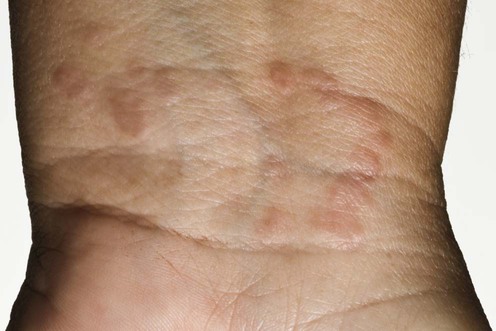Granuloma annulare

Specific investigations
Get Clinical Tree app for offline access
Localized granuloma annulare
First-line therapies

Granuloma annulare

Specific investigations
Get Clinical Tree app for offline access
Localized granuloma annulare
First-line therapies
